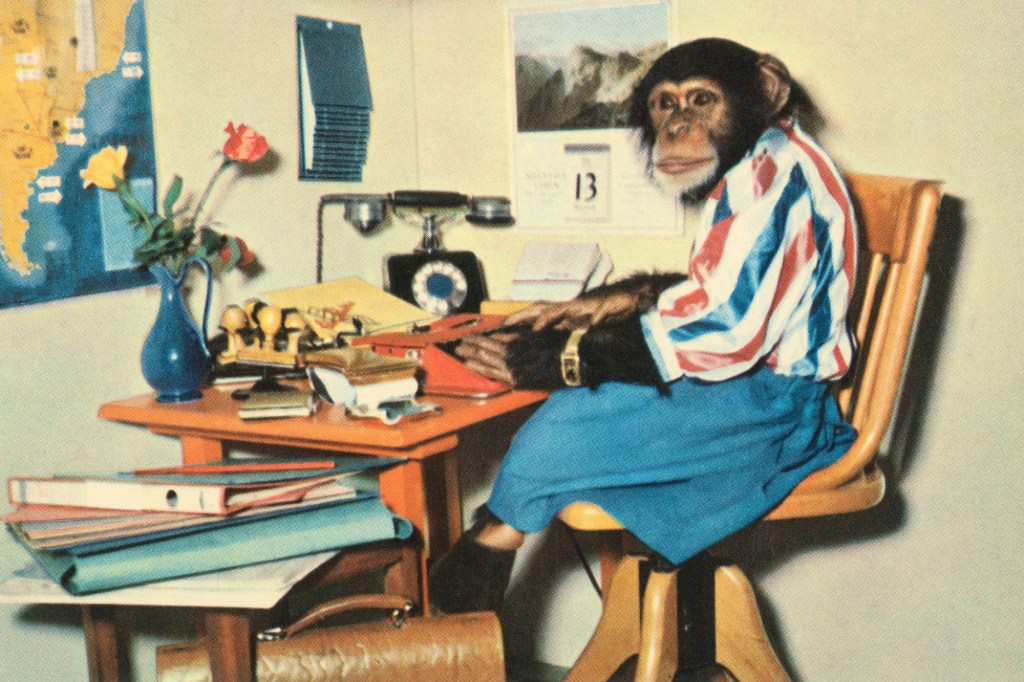Jennifer Doudna is a creator of the gene editing technology that’s revolutionizing biology and medicine: CRISPR, which is so easy to use it’s often compared to the copy-and-paste function in a word processor.
The applications are far-reaching: from the ability, one day, to “edit out” the genetic mistakes that cause devastating illnesses, to creating a mushroom that never turns brown.
Videos by VICE
Doudna is based at the University of California, Berkeley. Motherboard caught up with her at the Gairdner Awards in Toronto, where she was honoured for her work on the technology. The Gairdner is often called a precursor to winning the Nobel.
Motherboard: CRISPR originally emerged as a basic science question. You were working on this technique simply out of curiosity, trying to learn more about bacterial evolution. Can you tell me about the “aha” moment when you realized this technology had many more applications than you originally anticipated?
Jennifer Doudna: The research in my lab has always been focussed on understanding how molecules work. That was our focus in the CRISPR project as well—understanding how bacterial immunity works. For us, it was when we understood that Cas9 is a DNA cleaver, and it’s a programmable DNA cleaver. It can be programmed with a short piece of RNA. The sequence of DNA that gets cut can be easily changed by changing this short piece of RNA. That was the moment when we realized this could be harnessed as a great technology.
Were you already thinking ahead, to the applications of this technology?
The immediate ideas were just to see if it were possible to make changes to genomes in animals and in organisms that are used as model systems in laboratories. One of our early efforts was working in C. elegans, which is a tiny worm. We were also working with human cells. That was a proof-of-principle, a “Can we do this?” sort of a thing.
“Nature’s had a lot longer than we have to be tinkering”
But once we knew that it was working, then your imagination starts to run wild, and you think, “Wow, if this works as well as it does in this type of cell, what if we could fix the mutation that causes sickle cell trait? Or correct the mutation that causes cystic fibrosis?” There are a lot of technical challenges to doing something like that…
… and ethical.
And ethical. But immediately the ideas started to flow. We’ve seen that across the field, and that’s why you’re seeing this explosion of research that’s going on right now.
The CRISPR phenomenon can have echoes of “Frankenscience” in the popular imagination. Have you gotten any pushback when you explain to people what CRISPR is capable of doing?
I haven’t gotten much pushback. Most people are amazed; they’re astounded; they say, “Really? That’s possible?” They think it’s really cool. Immediately, for almost everybody, they start thinking about applications they might be interested in. They say, “you mean my cousin who has Duchenne muscular dystrophy—someday we might come up with a therapy that would involve curing that disease?” For many people it’s very personal.
I get emails daily from people around the world who have genetic disease in their family. A lot of them send me pictures of their kids. They want to know: how soon will there be clinical trials for this? Some of them want to fund my research. For these people, it can’t happen soon enough.
CRISPR started as a basic science project. In Canada, many researchers are frustrated in terms of grants. They’re always being encouraged to focus on applications and technology-driven research. If that had been your focus, would you have made these discoveries?
I was at a lunch this summer with some of the real titans of Silicon Valley. People who have founded some of the most famous companies and have done very well. Many of them are engineers by trade. I remember one comment that was made. This person said, “Give me any problem and I’m going to put $10 million towards it and I’m going to hire the best team and I can solve any problem that way.” I was thinking to myself, would that have been true for CRISPR? If you had $10 million and the smartest, best people ever, in a room, and you didn’t know anything about CRISPR, would you come up with it? I think the answer is no.
This really underscores the fact that we don’t know enough about nature to anticipate all the ways that nature has come up with to manipulate DNA. Nature’s had a lot longer than we have to be tinkering. We really need fundamental research to uncover those basic mechanisms that drive the development of technologies in the future.
Read More: CRISPR Pioneer Feng Zhang Talks About What’s Next for Gene Editing
In your own research, do you find you’re experiencing that sort of pressure to come up with applications? To be financially accountable?
An interesting outcome for me in this CRISPR work is actually the opposite. We’ve been approached by foundations that say, “This work has been so exciting and we appreciate that it came out of a fundamental research project. We want to fund more fundamental research.” Whether that will continue—how long the appetite will last—I don’t know. Basic research will drive new discoveries that we can’t even anticipate today.
Get six of our favorite Motherboard stories every day by signing up for our newsletter.
More
From VICE
-

Illustration by Reesa -

Collage by VICE -

(Photo by Found Image Holdings/Corbis via Getty Images) -

Collage by VICE